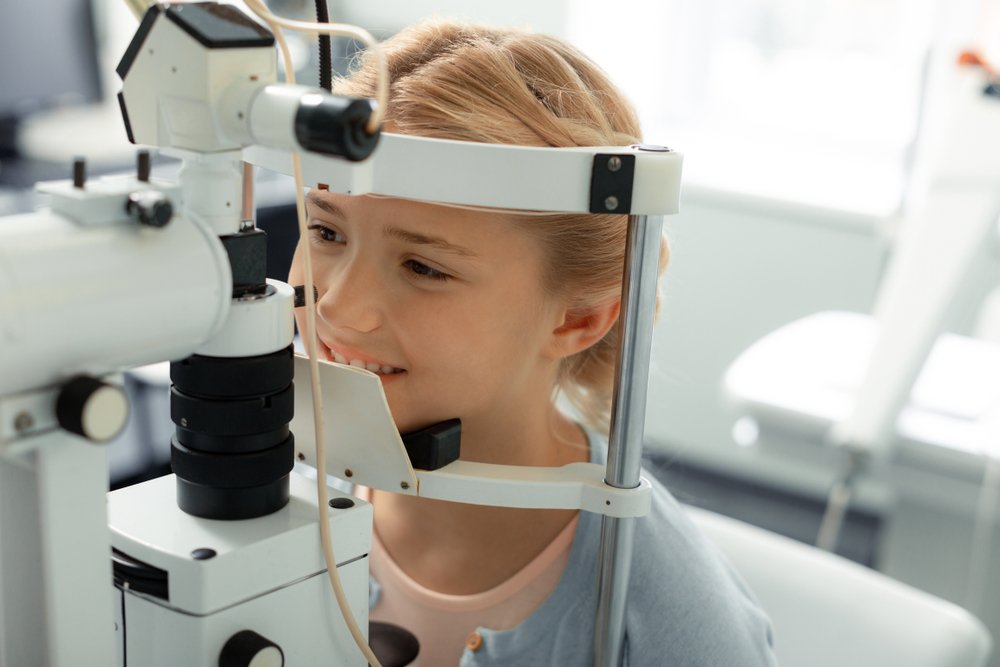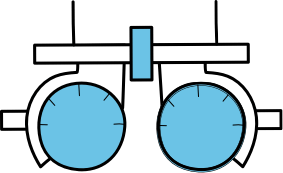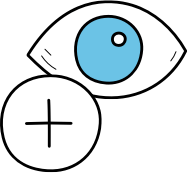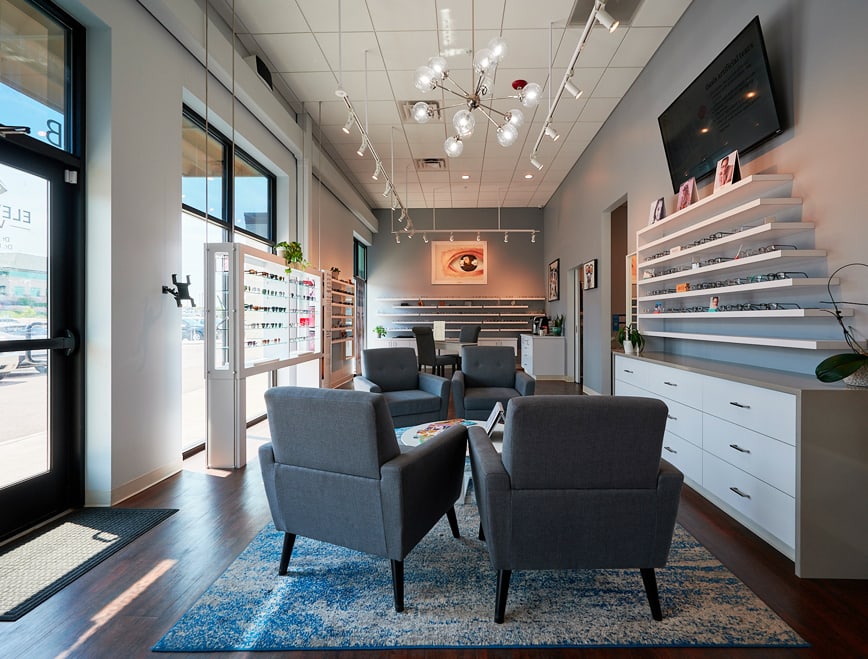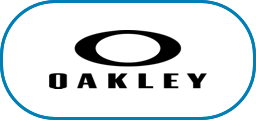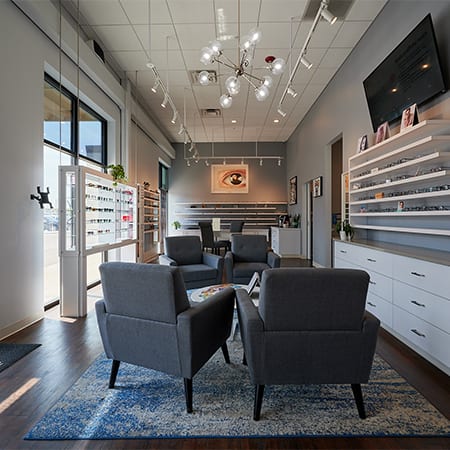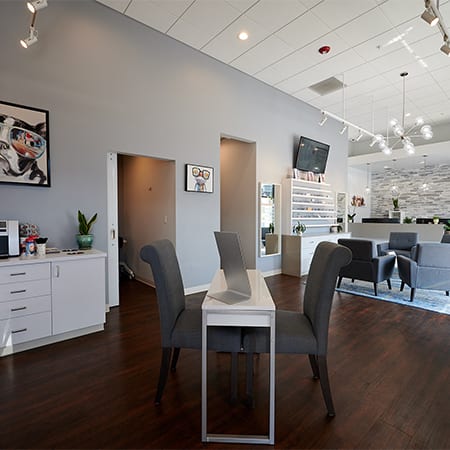Traditional eye exams are an important part of your overall health. Did you know that at least 12 million people who are 40 years old and older have some kind of vision impairment? Eye exams are just as important as appointments with your physician or dentist. You may feel perfectly fine, yet have an issue that just hasn’t become noticeable to you yet. The optometrist is capable of looking beyond the surface of your eyes to ensure that you’re living your best possible quality of life. Your eye doctor will probably give you a complete eye exam, depending on the last time you had one. So when you search “Eye doctor near me” for an appointment, you’ll want to know what that traditional eye exam includes beyond dilation. While some patients’ eye exams may differ from others, here is a general list of treatments that your optometrist may include in your eye exam.
What Does a Complete Eye Exam Include?
You may wonder what a full eye exam will entail. Depending on your health history and when the last time was that you had an eye exam, you’ll start with telling your optometrist about your symptoms (perhaps pain or vision problems you’re experiencing). You’ll be given a few intake sheets to fill out so that your health history can be brought up to date. You should include all that you know and experience about your health history.
This includes immediate family information and what you’ve experienced in the past. You’ll get as detailed as possible by including your work conditions and medications. Your optometrist may ask questions that you may have forgotten to include or that aren’t on the exam forms. Be as clear as you can so your optometrist can make his or her best judgment. Vision acuity testing is frequently a part of a complete eye exam. You’ve probably had this type of exam done before. This testing process measures how clearly each eye is seeing. For example, you’ll read letters and numbers on a chart, near and far. This testing is also where we get the ratings like 20/20 or 20/40 for our vision. Eye movement and focus are also tested. In order to accurately tell if your eyes are working together properly, your optometrist will conduct a teaming, movement, and focus test.
Your eye doctor may want to include a preliminary exam, depending on your health history and the results thus far. These tests will help them evaluate depth perception, the way your eyes respond to light, side or peripheral vision, eye muscle movements, and color vision. You’ve probably heard of nearsightedness, astigmatism, and farsightedness, right? Depending on your exam, your eye doctor may use the phoropter, a tool that determines if you fall into one of these three categories of refractive errors. Another test that may be used is the testing of the curve of your cornea with a circle of light. This testing procedure is also used to measure the fit of contact lenses. Lastly, depending on your overall exam, your doctor may include extra testing called supplemental testing. This is just an additional testing procedure to get to the root of the existing problem.
A comprehensive eye exam is crucial to detecting health problems. And, in this case, the eyes are certainly the “window” to your health, be it positive or negative. When searching for an eye doctor near you, now you’ll know the basics of what is included in an exam. However, in order to get exactly what you need, be as detailed and thorough as possible with your eye doctor, and find one that will help you understand what you need in order to achieve optimal eye health. Elevation Vision is a team of doctors that will take care of your eyes, and your health. Book your complete eye exam today!


